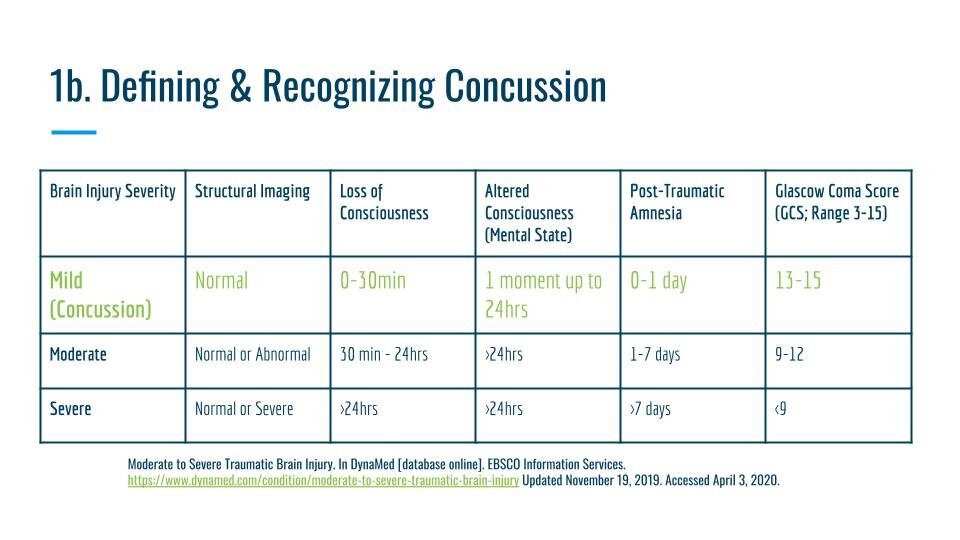What does a "clean CT/MRI" after a concussion mean? Everything and nothing. Let's talk "mild traumatic brain injury."
We will take a brief look at two pervasive statements that get passed on to folks after a concussion. The confusion it creates is likely a driving factor in developing persistent concussion symptoms (PCS).
I've had far too many patients pass through reputable university clinics and concussion specialty sites, only to get told one of two things from their doctors:
"Your CT is clean. You probably didn't sustain a concussion."
"Your CT is clean. You need to rest until your symptoms go away."
So, how do I recommend we look at these statements?
Notes on statement #1:
Part of the diagnostic criteria in concussion is that your imaging will be "clean." To say that you did not sustain a concussion based on clean imaging is - well, wrong.
A concussion is a functional injury caused by acceleration and deceleration forces that get transmitted to your head and jolt your brain. Because of the different densities between gray and white matter in your brain, the brain tissue stretches and shears - but does not bruise or tear.
How do we know it doesn't bruise or tear? Your imaging is clean.
Again, if your imaging is clean, it does not rule out a concussion. It doesn't even rule it in. (How's that for, ya?)
The diagnosis is clinical, meaning that many factors confirm it (e.g., mechanism of injury, symptoms after the injury, physical exam findings), including clean imaging.
Notes on statement #2:
You do not need to rest until your symptoms go away. The longer you rest and hibernate, the longer you can expect your symptoms to linger.
Far too many doctors still think "rest is best" after a concussion. Consensus guidelines are now recommending no more than 48hrs of symptom-limited rest before beginning a graded-exercise and concussion rehab program.
Here's an Instagram Reel describing symptom-limited rest. Essentially, on a 10-point scale, don't allow your symptoms to increase more than 2 points. Thus, you are encouraged to walk the dog, read a book, chat with family and friends, scroll TikTok - all as long as your symptoms do not increase more than 2 points. Note that a "10" is feeling your absolute worst on the scale, while a "0" is feeling your absolute best. (Important: Do not drive, as the driver, in the first 24-48hrs after a concussion.)
Why does the symptom-limited activity make sense? Because we want to provide graded exposure until you're able to integrate yourself back into your daily life, work, or sport.
Imagine a broken arm - you don't just rest it until it magically heals with full strength. You need to rehab your arm back to strength, just like you need to rehab your brain back to strength.
Recap
Remember, in concussion, we expect clean imaging. Concussion diagnosis is confirmed by clean imaging + relevant injury mechanism, symptoms, and physical exam findings.
Rest is not best. The best thing you can do after the injury is to safely grade your "life activity exposure" while beginning an appropriate concussion rehab plan.
Dr. Mark Heisig is a licensed naturopathic doctor with continuing mTBI education from The American Academy of Neurology (AAN), Complete Concussion. Management (CCMI) and The Carrick Institute. His office is located in Scottsdale, AZ.



